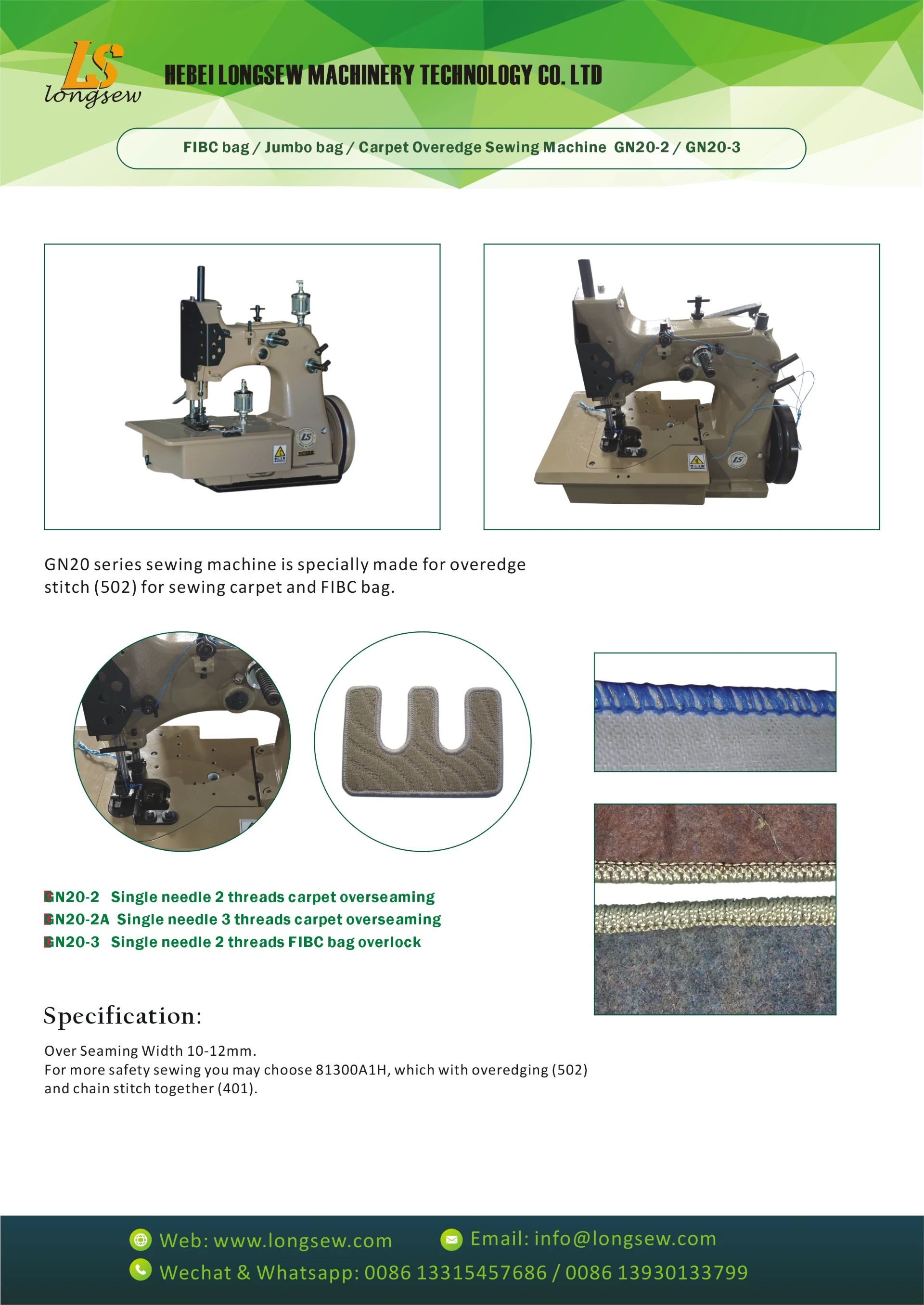sewing machine lock
Understanding the Sewing Machine Lock Mechanism
The sewing machine lock mechanism is a vital component in the world of textile manufacturing and home sewing
. A sewing machine operates by interlocking threads to create stitches, thereby transforming individual pieces of fabric into cohesive garments or items. At the heart of this operation lies the ingenious lock stitch mechanism, which is designed to ensure both precision and efficiency in sewing.The term lock in sewing machine lock refers to the way the needle thread interlocks with the bobbin thread. This process occurs during each stitch, where the needle penetrates the fabric and forms a loop with the upper thread. As the needle retracts, the bobbin thread moves up to catch this loop, effectively locking the two threads together. This interlocking ensures that stitches are both strong and secure, preventing them from unraveling and allowing for durability in finished products.
Lock stitches are particularly favored in many sewing applications due to their ability to produce neat and even stitches on both the top and bottom sides of the fabric. This is crucial in both garment construction and quilting, where the aesthetic quality of stitching is paramount. High-quality sewing machines are designed to maintain consistent tension on both threads, which is essential for creating flawless stitches. When the tension is correctly set, even complex patterns can be sewn with ease and accuracy.
sewing machine lock

Moreover, understanding the maintenance of the lock mechanism is as important as understanding how it works. Regular cleaning and oiling of a sewing machine can prevent thread jams and ensure smooth operation. Over time, lint and dust can accumulate around the needle plate and bobbin area, leading to a possible malfunction of the lock stitch system. Routine maintenance not only extends the life of the sewing machine but also enhances the quality of the stitches produced.
In addition to mechanical lock stitches, advancements in technology have led to the introduction of computerized sewing machines. These machines come equipped with sophisticated algorithms that automatically adjust thread tension and stitch length, ensuring optimal performance. Despite these advancements, the fundamental principles of the lock stitch mechanism remain integral to sewing operations, highlighting the enduring importance of traditional sewing techniques.
In conclusion, the sewing machine lock mechanism is a cornerstone of effective sewing. Its ability to produce reliable and high-quality stitches makes it essential for both hobbyists and professionals alike. Understanding how this mechanism works and how to maintain it is crucial for anyone looking to improve their sewing skills. Whether you’re crafting a garment or undertaking advanced quilting projects, a solid grasp of the lock stitch process will undoubtedly contribute to your overall sewing success.
-
Heavy Duty Leather Sewing Machine: A Must-Have for Professional LeatherworkNewsMay.28,2025
-
Leather Sewing Machine: Essential for High-Quality LeathercraftNewsMay.28,2025
-
Extra Heavy Duty Sewing Machine for Premium Leather ApplicationsNewsMay.28,2025
-
Walking Foot Cylinder Arm Sewing Machine: Precision and Power CombinedNewsMay.28,2025
-
Industrial Cylinder Arm Sewing Machine: Engineered for High-Performance StitchingNewsMay.28,2025
-
Cylinder Bed Sewing Machine: A Powerful Solution for Precision StitchingNewsMay.28,2025
-
Zigzag Sewing MachineNewsMay.12,2025





























